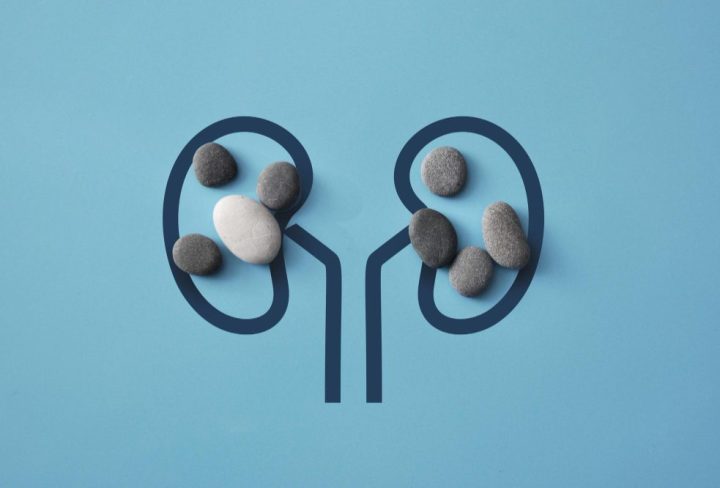What is PCNL?
PCNL stands for percutaneous nephrolithotomy. It is a medical procedure used to remove large kidney stones. Doctors often choose PCNL when other treatments, like shock wave therapy, do not work. In this procedure, a small cut is made in your back. Then, a thin tube is inserted directly into the kidney to remove the stone. Because PCNL is less invasive than open surgery, it is a common choice for kidney stone removal. According to the World Health Organization (WHO), PCNL is safe and effective for many patients.
Indications for PCNL
Doctors recommend PCNL for certain types of kidney stones. Usually, it is performed when:
Sometimes, PCNL is also used if a person cannot have other types of surgery. For example, people with certain health problems may benefit from this less invasive approach.
How PCNL is Performed
Understanding the percutaneous nephrolithotomy procedure can help ease worries. Here is a step-by-step overview:
Usually, the whole procedure takes one to two hours. Most patients stay in the hospital for one or two days after PCNL.
Benefits of PCNL
PCNL offers several advantages over traditional surgery. Some key benefits include:
Because of these benefits, many doctors recommend PCNL for suitable patients.
Risks and Possible Complications
Like any surgery, PCNL has some risks. However, most people recover without problems. Possible complications include:
Doctors take steps to reduce these risks. Still, it is important to discuss any concerns with your healthcare team before the procedure.
Recovery and Aftercare Tips
After PCNL, most people recover quickly. Even so, following your doctor’s advice is important. Here are some PCNL recovery tips:
If you notice blood in your urine or feel unwell, contact your doctor right away. Quick action can prevent further problems.
Prevention of Kidney Stones
After a PCNL, preventing new kidney stones is important. Simple steps can help reduce your risk:
Because everyone is different, your doctor may suggest other changes based on your health.
Conclusion
PCNL is a safe and effective way to remove large kidney stones. While there are some risks, most people recover well. For the best results, follow your doctor’s advice before and after the procedure. If you have questions about PCNL or kidney stone removal, consult a urologist for personalized advice.

